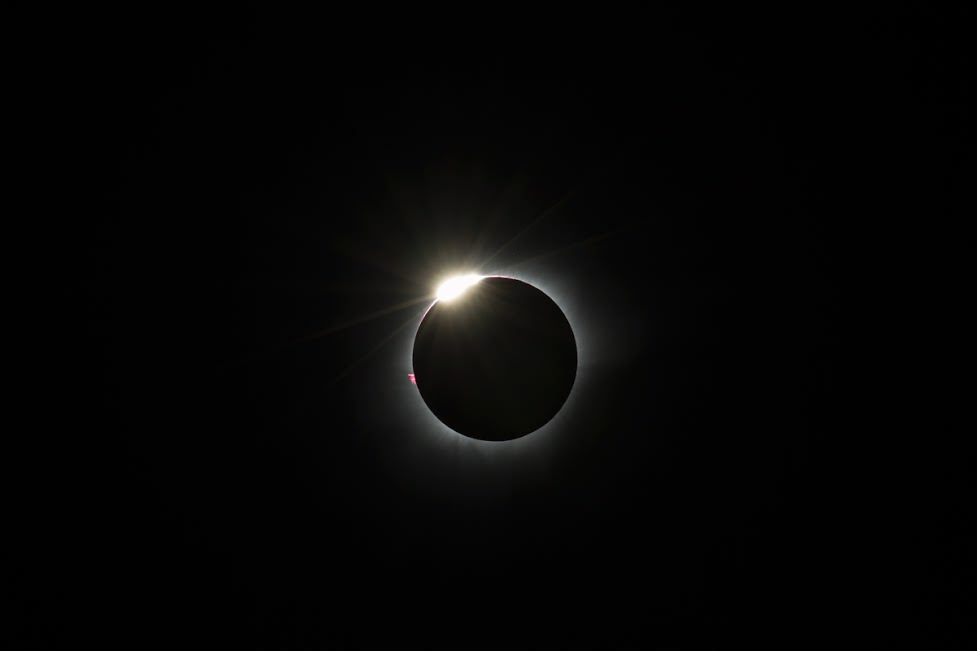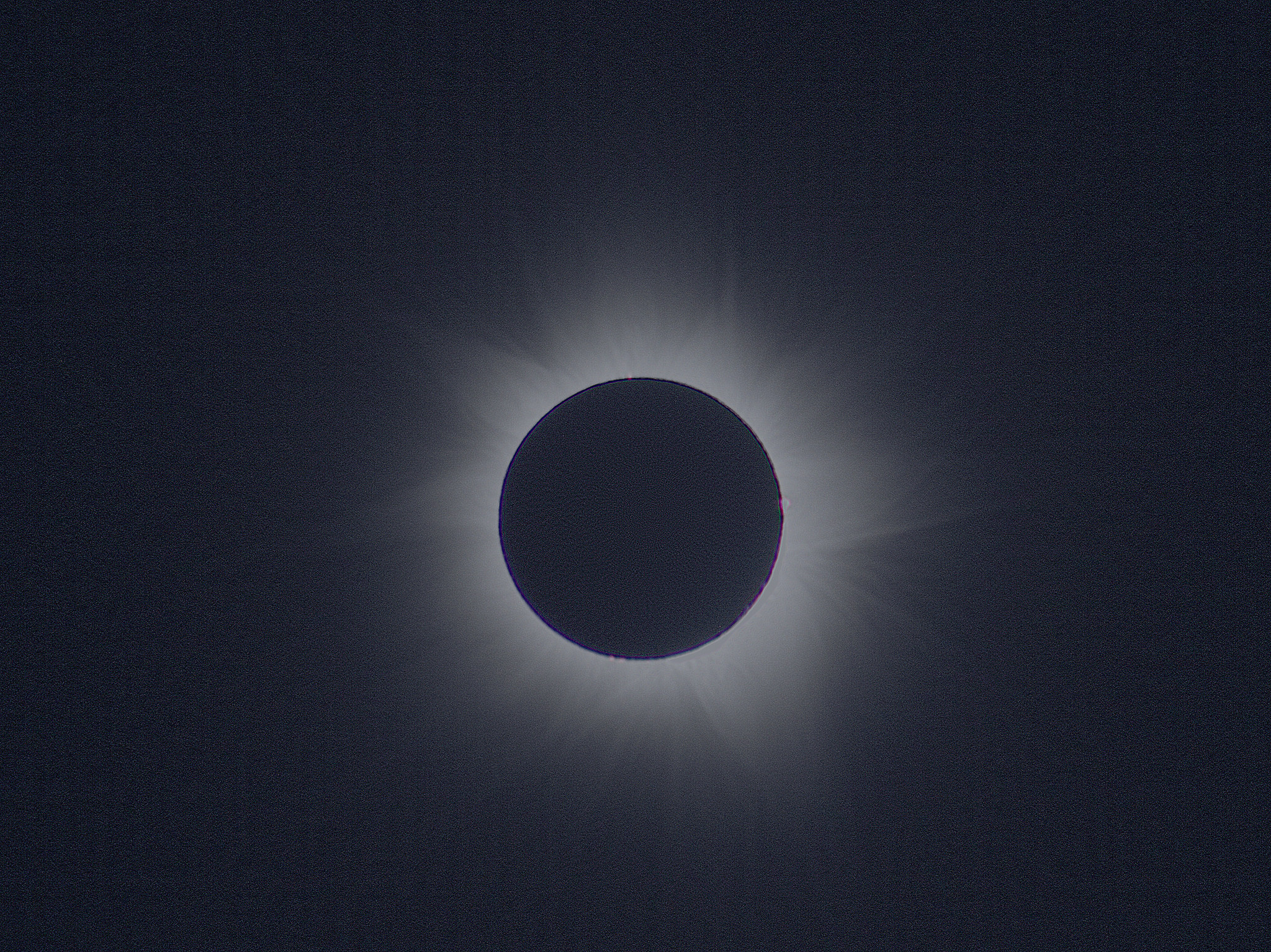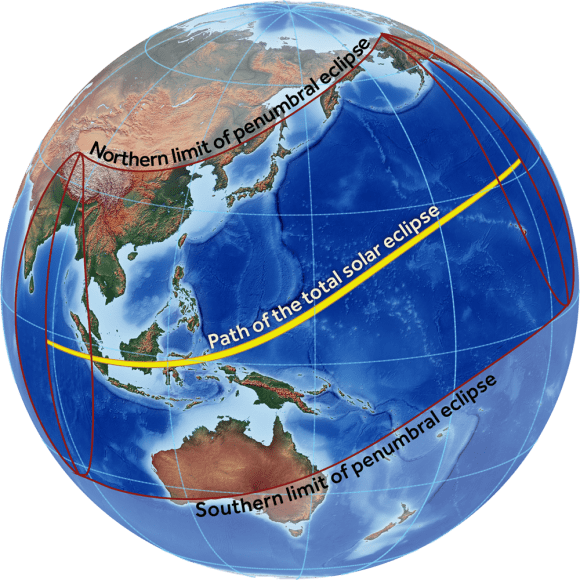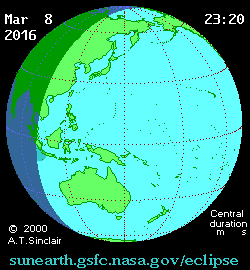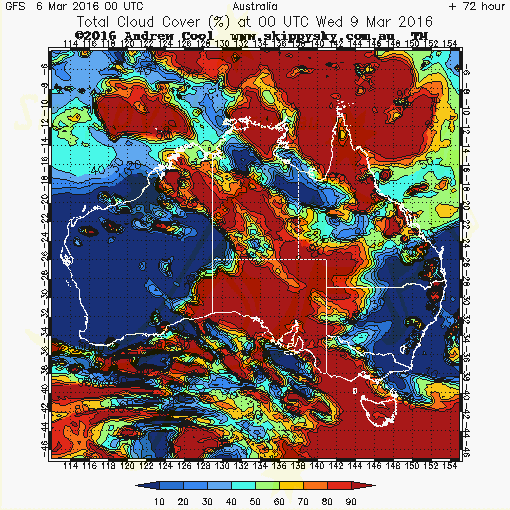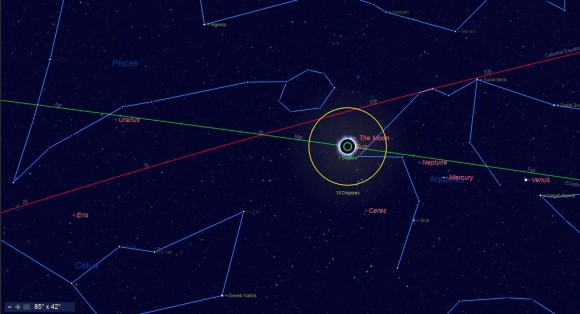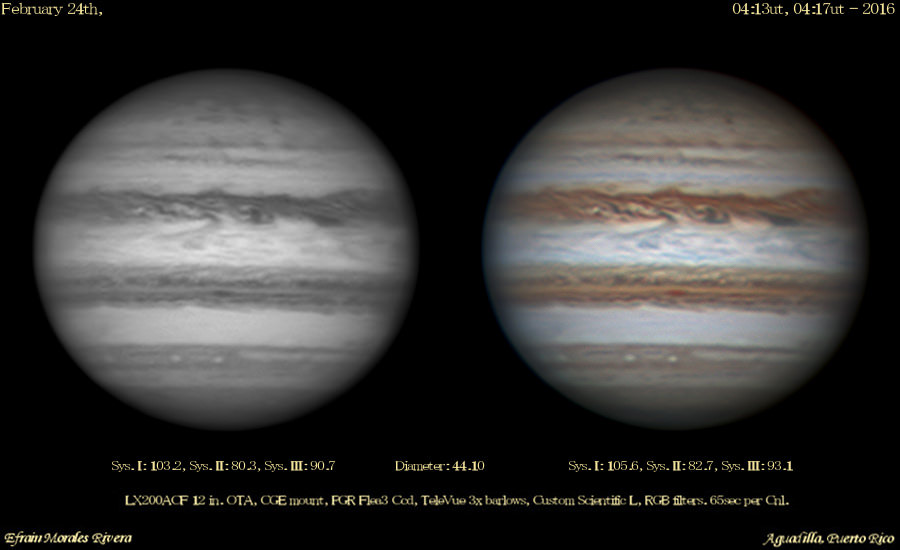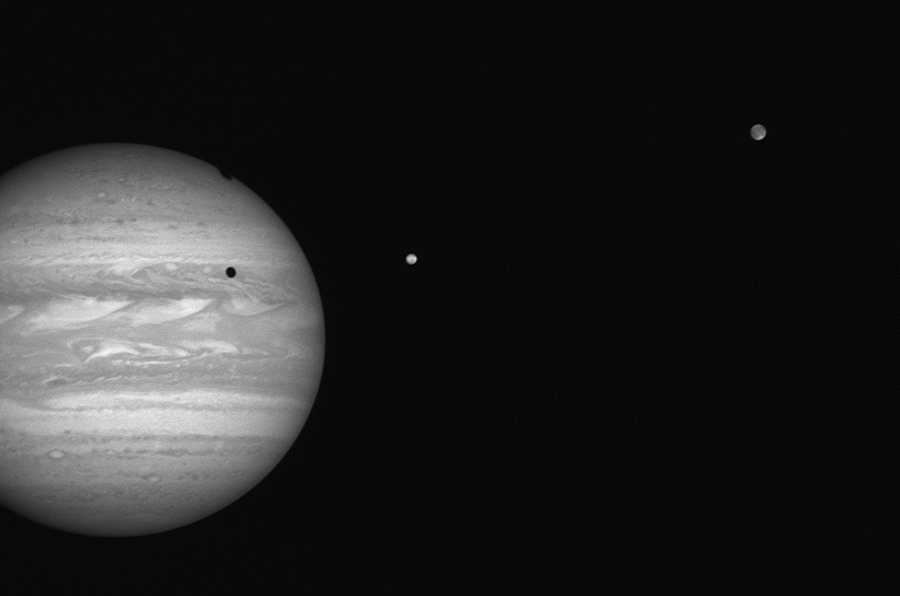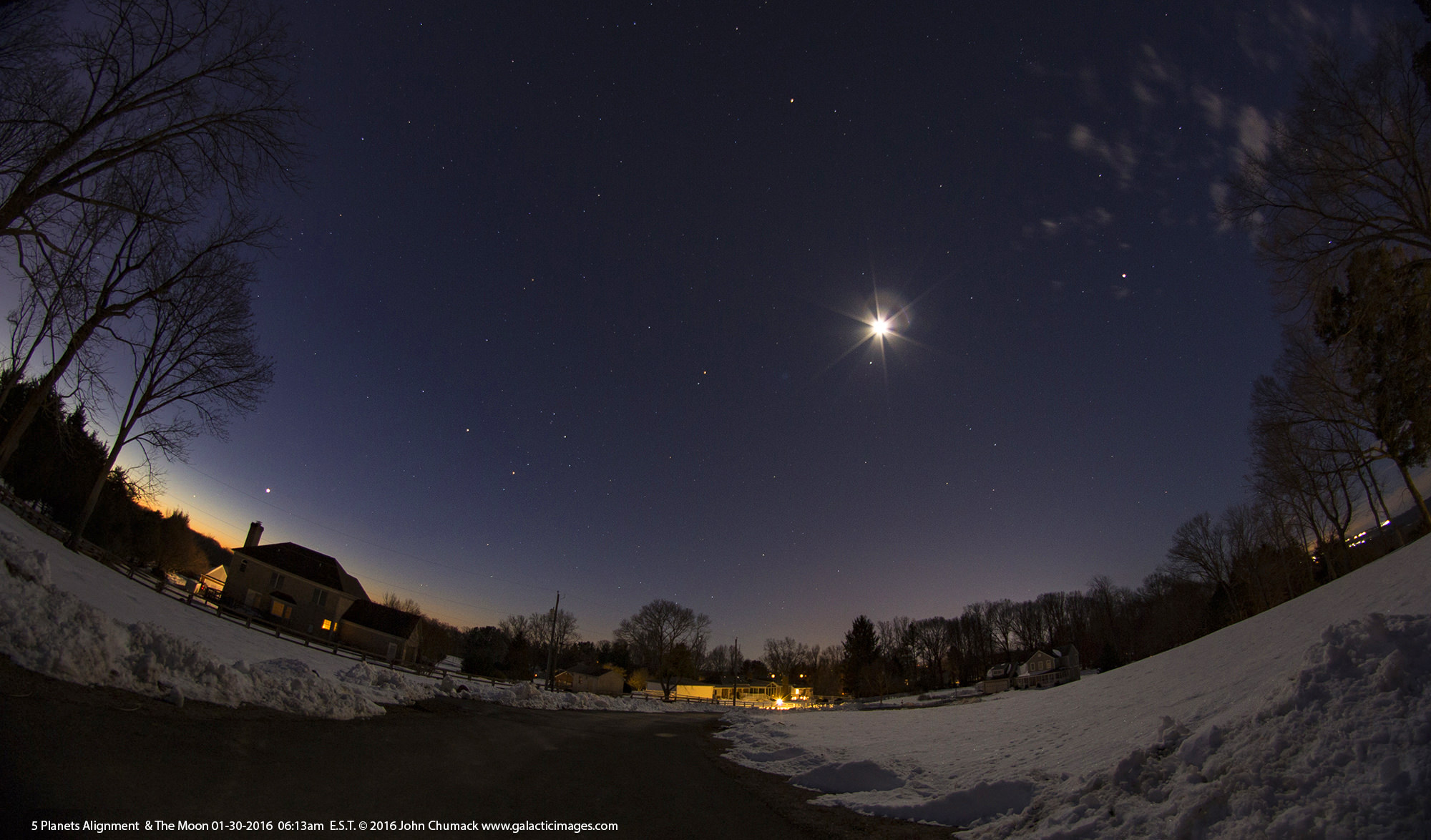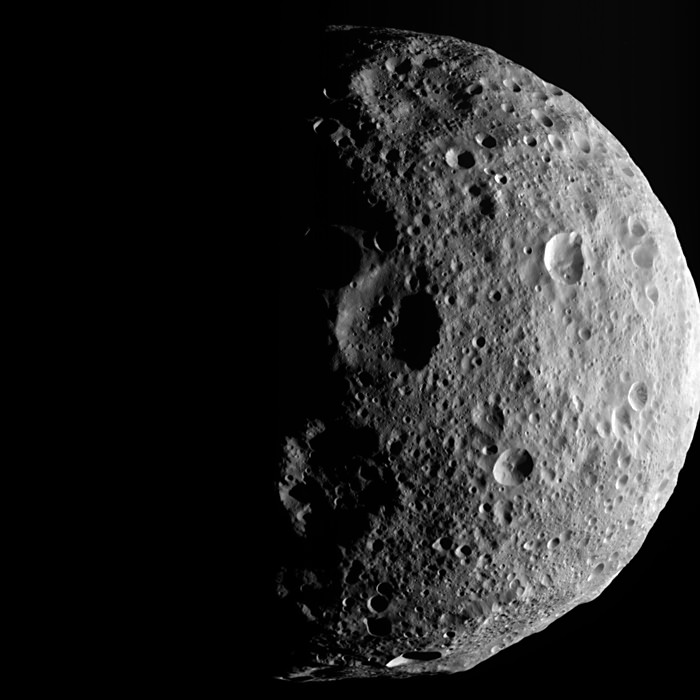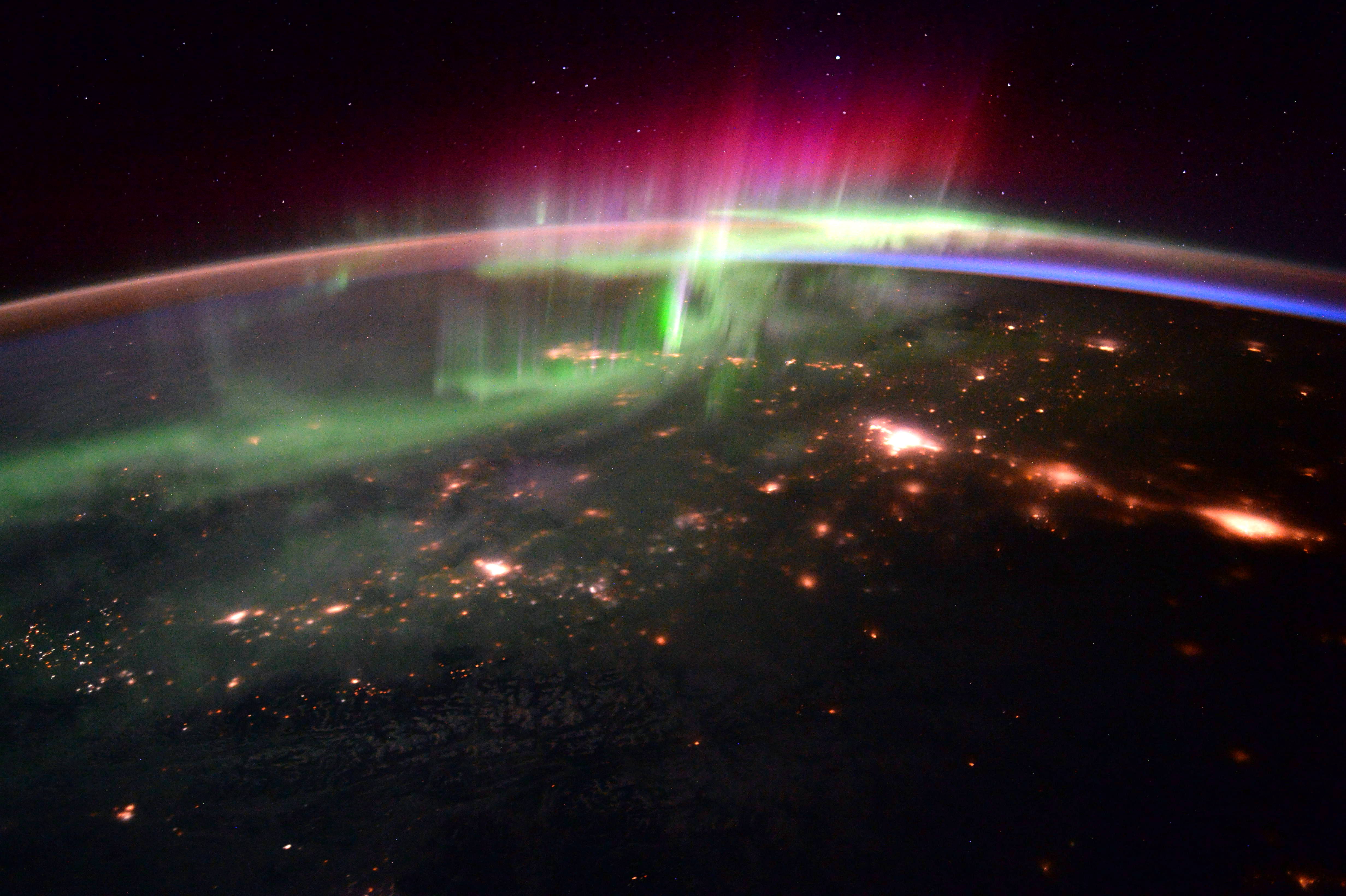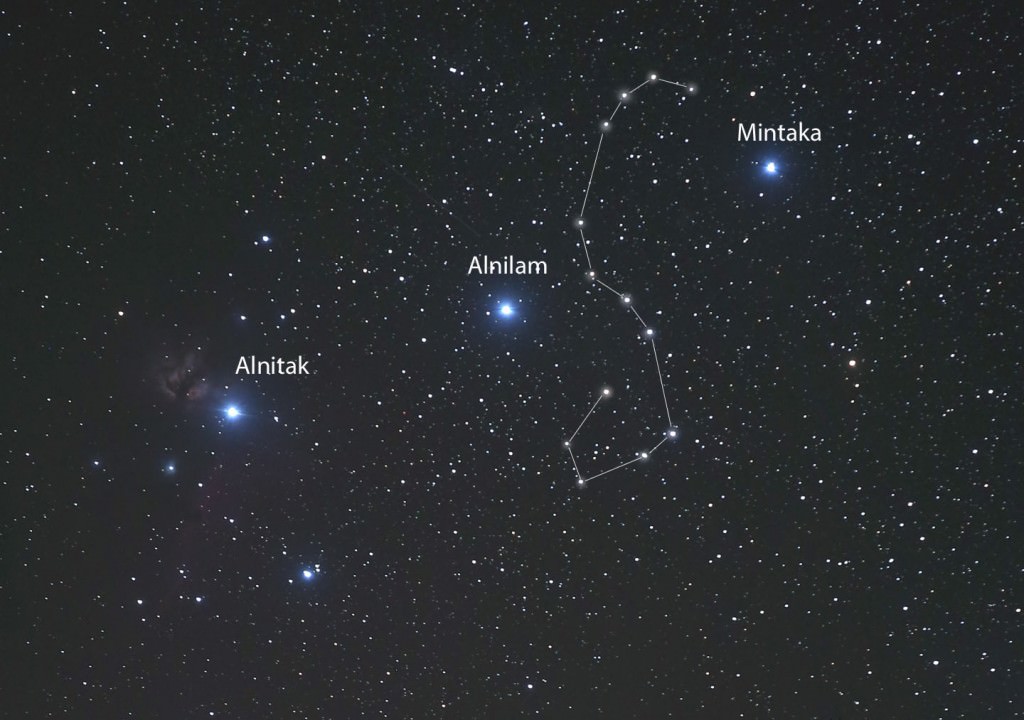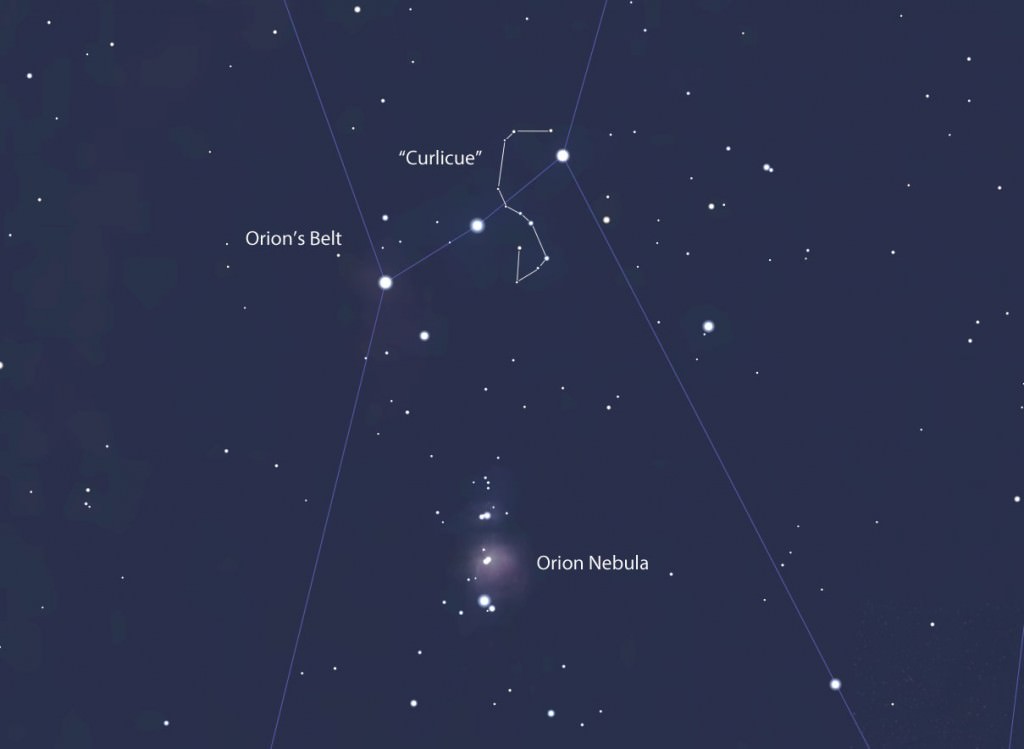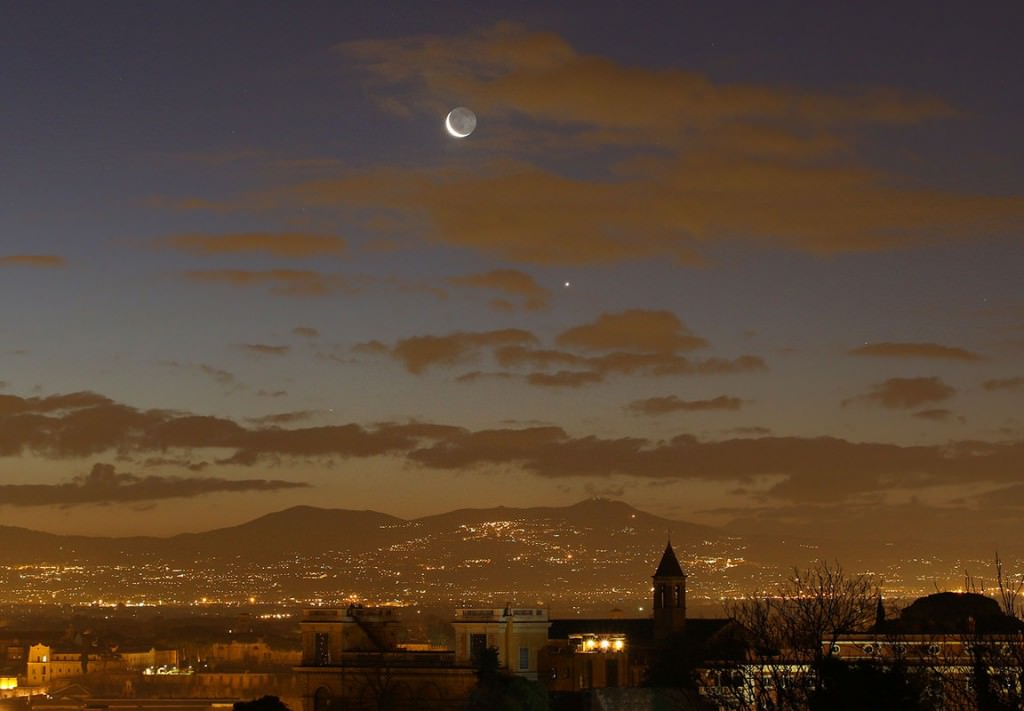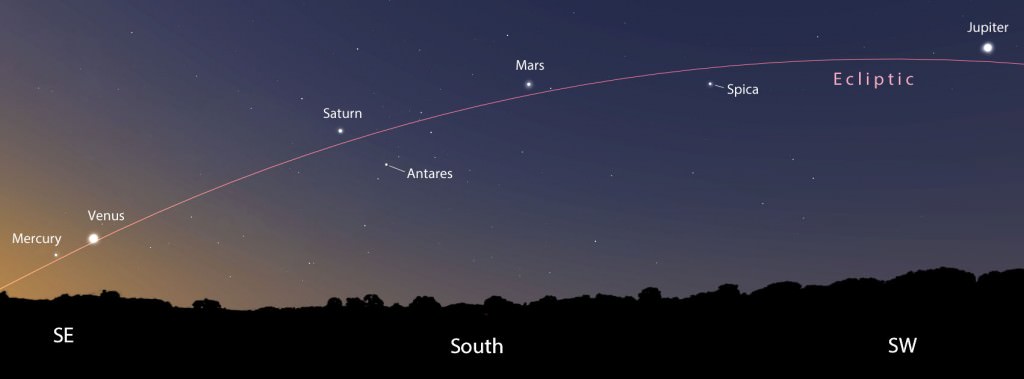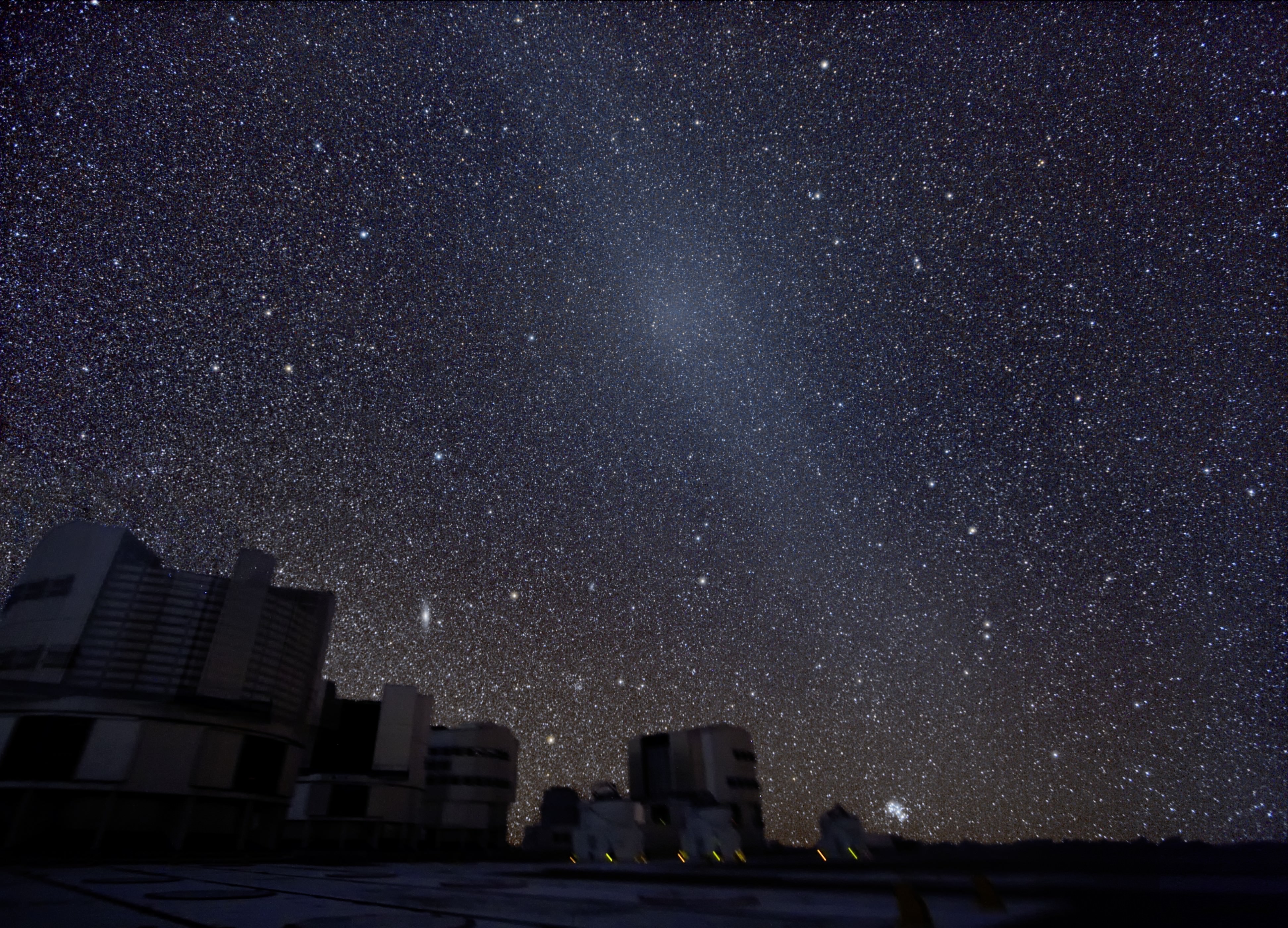The Moon’s shadow kissed the Earth earlier today, providing a fine show from southeast Asia, to the southern shores of Alaska. We wrote about the only total solar eclipse for 2016 yesterday. This is it, the last total solar eclipse prior to the return of totality for the contiguous United States on August 21st, 2017.
Cloud cover over the region was a toss up, with clear skies for some, and cloudy skies for others. Those towards the western end of the track where the eclipsed rising Sun sat low on the horizon seemed to have fared worst.
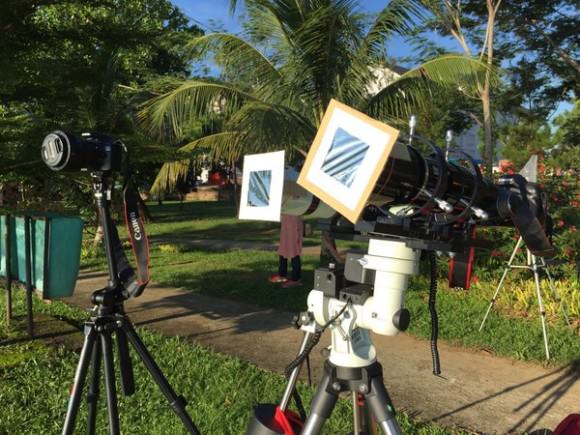
Update: Sometimes, the camera sees what the eye misses. The Malaysian team did indeed manage to nab a fine display of Bailey’s Beads in the moments leading up to totality through a thin gap in the clouds:
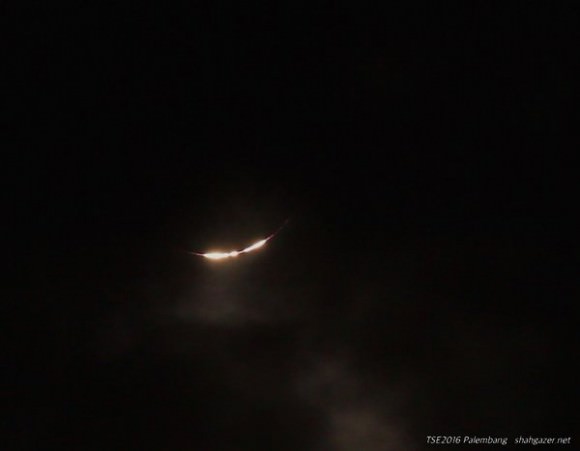
Skies dawned clear to the east over the Indonesian islands on the morning of the eclipse, and the joint NASA/Exploratorium webcast from the remote atoll of Woleai in Micronesia was a success.

Observing from a helipad Balikpanpan, Indonesia, veteran eclipse chaser Patrick Poitevin said: “What an eclipse! Vertically clear sky throughout the entire eclipse from our ‘private’ helipad in Balikpapan. Only slight haze now and then. Asymmetric corona, with bright and prominent snow white streamer. Venus, Mercury easily visible long before, and shadow bands post totality. Fabulous! All so pretty!!! Marked the second Saros 130 for Jo and the 3rd for me.”
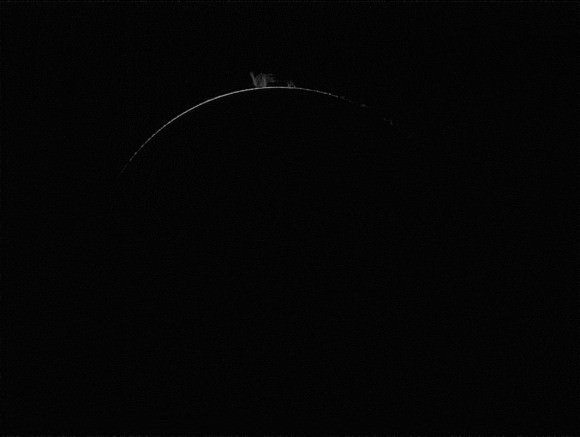
Indeed, catching a ‘triple saros’ known as an exeligmos is a noteworthy lifetime accomplishment.
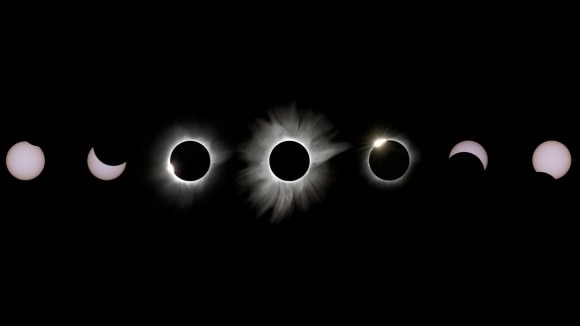
Many witnessed the eclipse via Slooh’s live webcast from the path of totality, which is now archived in its entirety on YouTube.
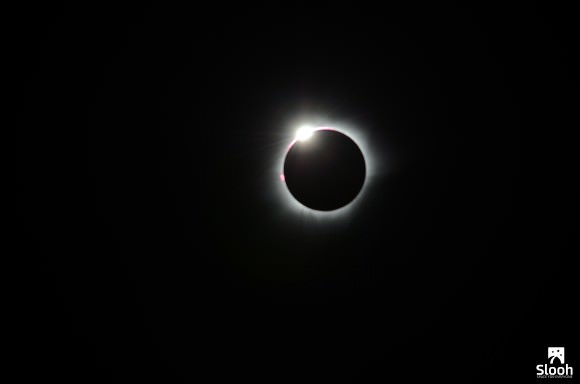
As of writing this, no views from space have surfaced, though we suspect this will change as the day goes on. Word is that the Alaskan Airlines flight that modified their flight plan to catch the eclipse was successful as well. Check back, as we’ll be dropping in more images as they trickle in from the field throughout the day.
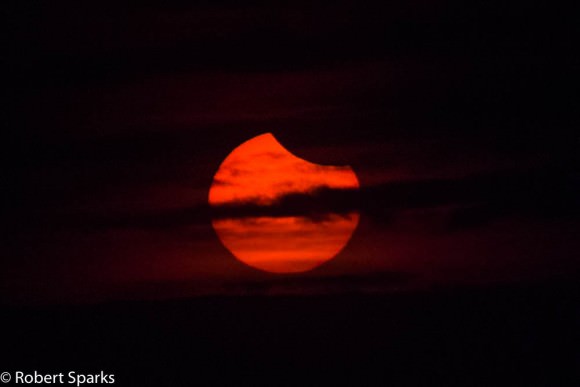
Update: Scratch that… Japan’s Himawari-8 weather satellite did indeed nab views of the umbra of the Moon as it raced across the Pacific:

Though the eclipse was almost entirely over water after the umbra departed SE Asia, regions around the path were treated to a fine partial eclipse, including residents of Hawaii:
#Eclipse success! Clouds filtered but didn’t ruin the view. Check out 12 yr old’s notes! #Kona, #BigIsland #Hawaii pic.twitter.com/MtJ300o4Ka
— Kona Skies (@KonaSkies) March 9, 2016
August 21st 2017 is now the very next total solar eclipse in the queue!
Update: and the amazing images just keep on coming… here’s an amazing image and time lapse video courtesy of astrophotographer Justin Ng:
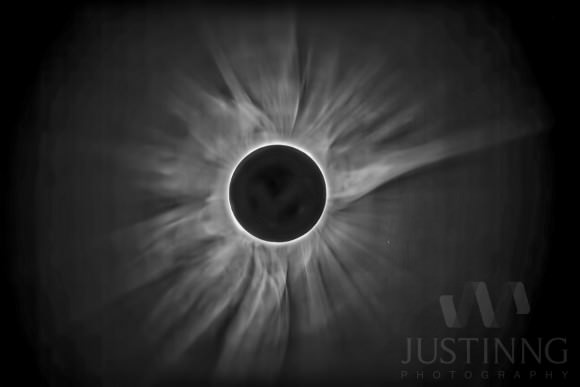
And timelapse:
2016 Total Solar Eclipse – Palu Indonesia from Justin Ng Photo on Vimeo.
Wow. just wow!

